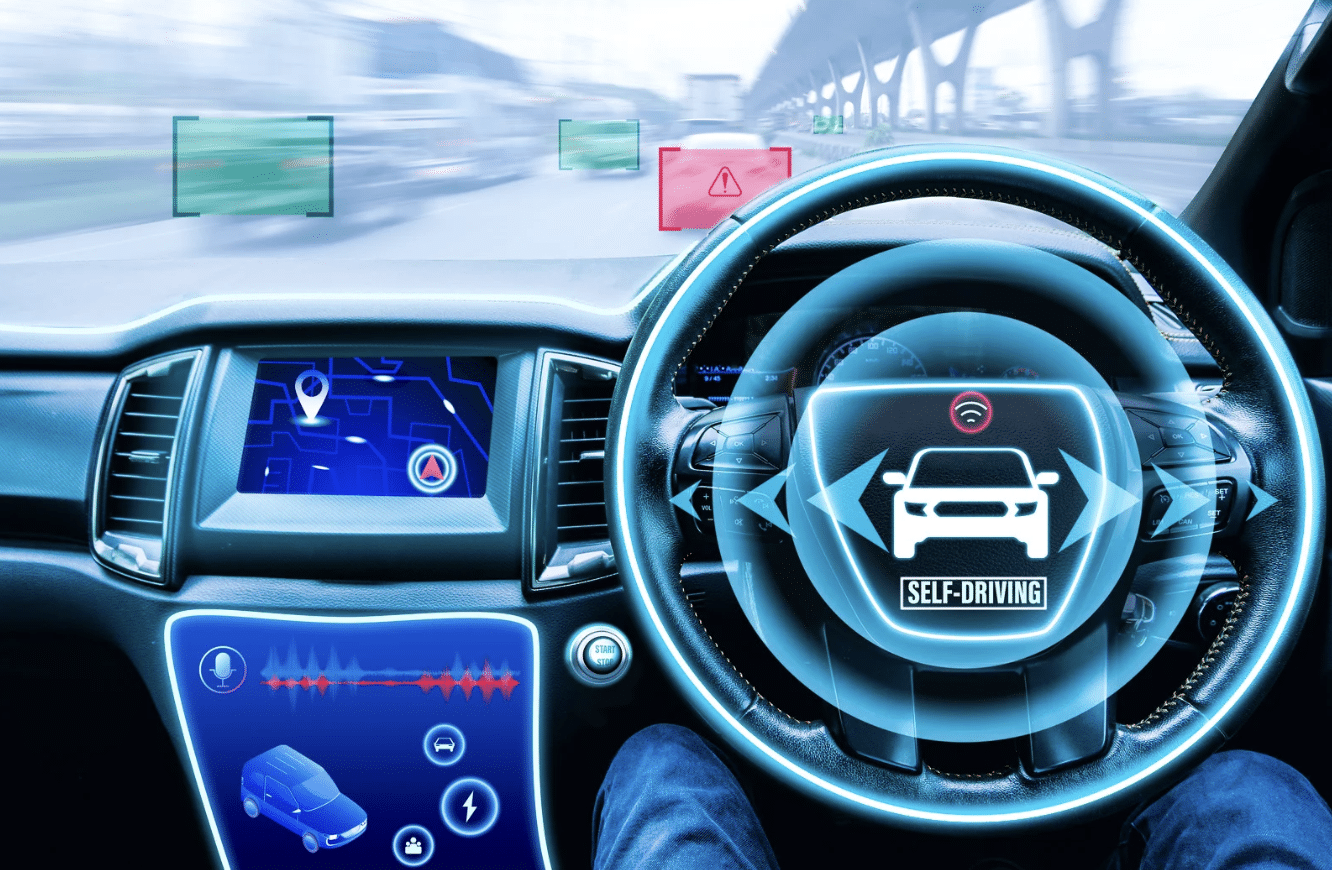The reality of self-driving cars is closer than ever, with some regions, such as the UK, preparing to introduce these vehicles as soon as next year. As autonomous cars move from concept to reality, they promise to transform how we travel, improving both safety and convenience. However, the journey to fully autonomous vehicles involves overcoming significant technological hurdles. One of the latest breakthroughs in motion forecasting is poised to address many of these challenges: RealMotion, a pioneering system developed by researchers from the University of Surrey and Fudan University in China.
The Need for Smarter Navigation
Self-driving cars rely on a combination of cutting-edge technologies, including AI, lidar, radar, and cameras, to perceive their surroundings and make real-time decisions. However, the complex, ever-changing environment of roadways presents a significant challenge for motion forecasting — the task of predicting the movements of other vehicles, pedestrians, and road obstacles. Traditional motion forecasting methods treat each driving scenario independently, which limits the ability to predict the behavior of multiple agents in real-time.
This is where RealMotion steps in. Unlike existing approaches, RealMotion integrates both historical and real-time data to create a more comprehensive understanding of driving scenarios. By considering past events and contextual information, this system enhances a vehicle’s ability to forecast future movements with greater accuracy. This dual-layer approach is expected to improve decision-making, ultimately leading to safer autonomous navigation.
Improving Safety and Performance
RealMotion has shown remarkable promise in both safety and efficiency. In testing with the Argoverse dataset — a widely used benchmark for autonomous driving research — RealMotion outperformed existing models by achieving an 8.60% improvement in predicting final destinations. This means that the system is better at estimating where other vehicles and pedestrians are headed, reducing the likelihood of collisions or errors.
One of the most critical advantages of RealMotion is its speed. Autonomous cars must make decisions rapidly to navigate safely, and any delay can have dangerous consequences. RealMotion has been designed to minimize computational latency, enabling quicker responses in dynamic environments. This makes it highly suitable for real-time applications, which is essential for the safe deployment of self-driving cars.
The Promise of Self-Driving Cars
The potential benefits of autonomous vehicles are far-reaching. By eliminating human error- responsible for over 90% of traffic accidents- self-driving cars could save thousands of lives each year. Additionally, the communication between autonomous vehicles can optimize traffic flow, reducing congestion and making commutes more efficient. Furthermore, these vehicles could offer greater mobility to people who are unable to drive, such as the elderly or those with disabilities.
On top of that, many self-driving cars are expected to be electric, contributing to reduced emissions and a cleaner environment. As the technology continues to evolve, it could have a profound impact on society, reshaping how we think about transportation and its role in our daily lives.
RealMotion’s Role in Shaping the Future
While the path to widespread adoption of autonomous vehicles is still unfolding, the development of systems like RealMotion is accelerating progress. By combining the power of real-time data with historical context, RealMotion addresses key challenges in motion forecasting, making self-driving cars safer and smarter. As the technology matures, RealMotion could play a pivotal role in ensuring that autonomous vehicles are not only capable of navigating complex roadways but also doing so in a way that minimizes risk and maximizes efficiency.
As researchers continue to refine this innovative system, the dream of a safer, more intelligent transportation system is becoming increasingly attainable. With advancements like RealMotion, the future of autonomous vehicles looks brighter than ever.
Most Recent Posts
Explore the latest innovation insights and trends with our recent blog posts.













